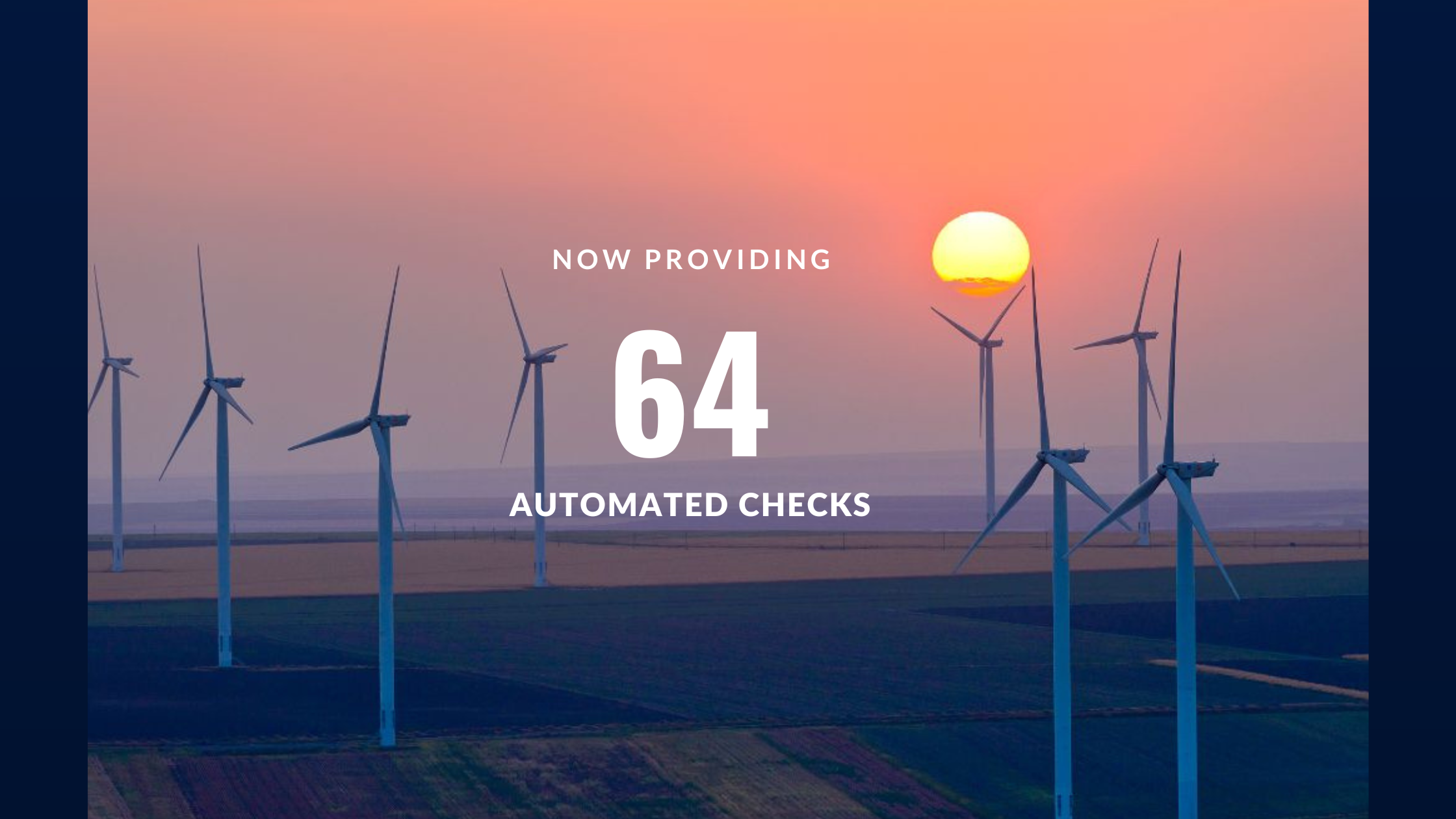Automatically Correct Yaw Misalignment with WindESCo Swarm™
WindESCo has pioneered the detection of yaw misalignment from high-frequency (HF) SCADA data. However, in many cases implementing yaw misalignment...
2 min read
WindESCo Nov 7, 2024 12:01:54 PM

As the push for renewable energy accelerates, offshore wind farms have emerged as pivotal players in the quest for sustainable power. However, a critical challenge has surfaced that threatens the viability of these ambitious projects: wind turbine wakes. These phenomena—defined as regions of reduced wind speed downstream from turbines—have long been underestimated, particularly in offshore environments. Experts fear that wake effects could lead to power deficits greater than 15% for upcoming wind farms along the US East Coast. A recent study by researchers at NREL and the University of Colorado estimated that internal wake losses could approach 30% in certain severe cases. In this blog, we will delve into the implications of these findings, highlight the inadequacies of current wake modeling practices, and highlight innovative solutions like WindESCo's Swarm™ technology, which aims to mitigate wake effects through advanced turbine control strategies. As we unravel these complexities, we will consider how the future of offshore energy hinges on our ability to understand and address the hidden costs of wind turbine wakes.
Wind turbine wakes and their negative effects have been significantly underestimated for offshore wind farms. These losses along with margin pressure from, e.g., inflation, the supply chain, etc., have many in the industry concerned about pending project viability. Just this past year, the utility giant Avangrid canceled their Park City Wind Contract, agreeing to pay $16M in penalties after suggesting the project was “unfinanceable”. Avangrid is not alone, Ørsted recently ceased development of Ocean Wind I and 2 due to macroeconomic factors while RWE has canceled plans for Community Offshore Wind due to technical and commercial complexities. Additionally, there are growing concerns surrounding “wind theft” or “external wake losses”, which is the negative wake effect of one wind farm on another. The same study referenced above for internal wake losses estimates that external wake losses could be as significant as 15% for some wind farms located along the US East Coast. The UK recently released a landmark decision blocking the construction of the Awel y Mor wind farm until its developer, RWE, could thoroughly assess wake impacts on neighboring wind farms.
 To better understand the wake effect and its consequences on offshore wind, wake modeling accuracy needs to improve. Experts fear that the current models used to estimate wakes are inadequate for the scale of modern offshore wind farms. New findings suggest that wakes can extend upwards of 100 km downstream, much further than what is resolved within current modeling practices. However - even as developers, owners, and operators like Ørsted take efforts to develop and improve their own models to more accurately resolve wind farm flow physics - wake effects remain.
To better understand the wake effect and its consequences on offshore wind, wake modeling accuracy needs to improve. Experts fear that the current models used to estimate wakes are inadequate for the scale of modern offshore wind farms. New findings suggest that wakes can extend upwards of 100 km downstream, much further than what is resolved within current modeling practices. However - even as developers, owners, and operators like Ørsted take efforts to develop and improve their own models to more accurately resolve wind farm flow physics - wake effects remain.
As awareness of wake impacts grows, industry focus is beginning to shift from simply modeling and quantifying wakes to finding methods for wake mitigation. An increasing number of research and industry partners recognize the need for this transition, as demonstrated by IEA Wind Task 44 focused on wind farm flow control using adaptive control strategies. WindESCo is at the forefront of this transition with its pioneering technology Swarm™, which delivers wind plant optimization through collective wind farm control using wake steering. WindESCo Swarm employs closed-loop wake steering control, wherein turbines leverage information from their neighbors to make informed control decisions on how to adapt their yaw to achieve wind plant optimization at every time step. Through Swarm wake steering, turbines are strategically yawed to steer downstream wakes away from the inflow of neighboring turbines, thereby decreasing the wake effect and enabling wind plant optimization. Swarm is field tested, IE certified, and is currently optimizing wind plant production using wake steering in both North America and Europe.
While modeling improvements will help the industry better quantify the wake effect, the key to ensuring offshore wind viability lies in advanced control innovations like WindESCo Swarm. By leveraging real-time data from each turbine in the wind farm and dynamically adjusting yaw angles, Swarm actively mitigates wake losses to improve wind farm annual energy production anywhere between 1 and 2%. This dual approach—improving our understanding through modeling and solving wake losses through control—will be crucial to the future success of the offshore wind sector where wake losses are significant and future development is paramount to meeting growing renewable energy mandates.
For more information on our Swarm™ technology, please visit our website or send us an email at contact@windesco.com!
.png)
WindESCo has pioneered the detection of yaw misalignment from high-frequency (HF) SCADA data. However, in many cases implementing yaw misalignment...

WindESCo now runs 64 individual checks on our Customer’s SCADA to uncover turbine performance anomalies across the entire wind turbine system,...
.png)
In part two of this mini-blog series, WindESCo walks you through what to consider when compiling a lookup table, what is required, and what...